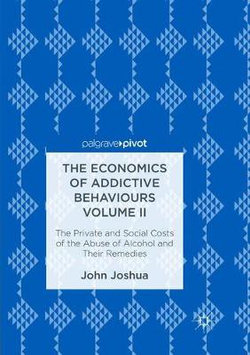1. Introduction
2. The Consumption of Alcohol World-Wide
a) The Patterns of the Consumption of Alcohol
b) The World-Wide Risk Factors of Alcohol Abuse
3. The Stages of Alcohol Abuse: From Initiation to Alcohol Dependence
a) Living Conditions and Alcohol Abuseb) The Pathways from Initiation to Alcohol Dependence
4. The Consequences of Alcohol Abuse
a) The Physiological Effects of Alcohol Abuse
b) The Psycho-Social Effects of Alcohol Abusec) The Processes of Alcohol Abuse and Dependence
5. The Prevention and Treatment of Alcohol Abuse
a) Government Intervention in the Abuse of Alcohol
b) The Effectiveness in the Intervention of the Abuse of Alcoholc) The Treatment of Alcohol Abuse
d) The Prevention and Rehabilitation of Alcohol Abuse
e) Harm Minimization as a Viable Strategy
6. Legal Remedies to Reduce the Abuse of Alcohol
a) Educational Impact on the Reduction of Alcohol Abuse
b) Conditions of Sales: Purchasing Outlets, Number of Locations and Density, and Hours of Opening
c) Price Promotion and Discounts
d) Randomized Breath Testing and Other Means to Prevent Driving Under the Influence
e) Ban of Advertising of Alcoholic Beverages
7. The Market and the Social and Private Costs of Alcohol Abuse
a) International Trade and Public Health
b) The Social and Private Costs of Alcohol Abuse
8. Economic Remedies to Reduce Alcohol Abuse
a) Elasticities and the Demand for Alcohol
b) Taxation Policies to Reduce the Abuse of Alcohol
9. The Politics of Corporate and Social Responsibilities
a) Corporate Social Responsibilities and Policies
b) Corporate Responsibilities and Social Costs
10. Conclusion




Share This Book: